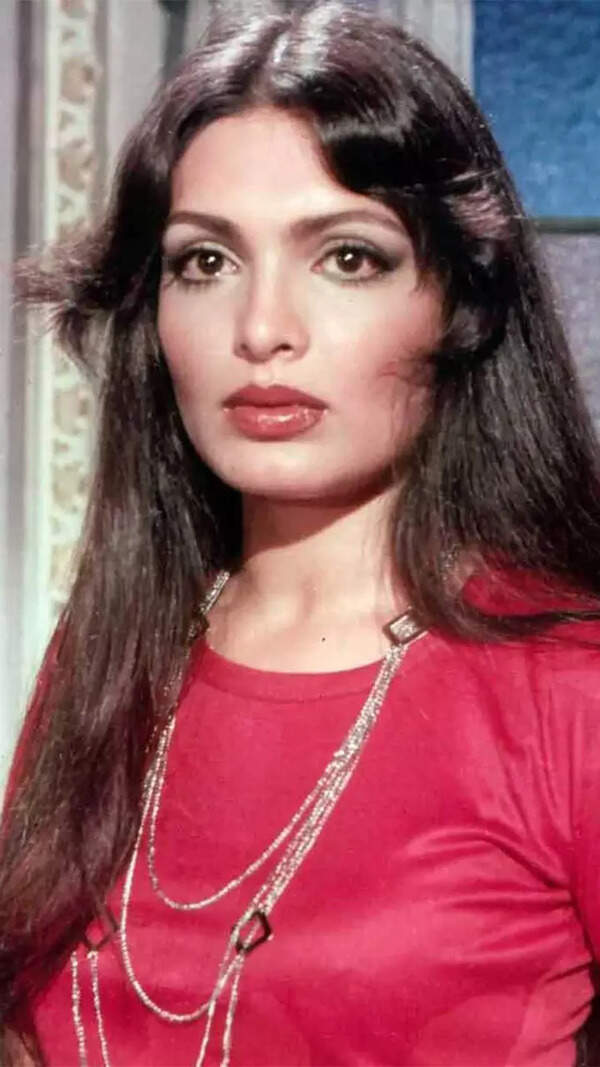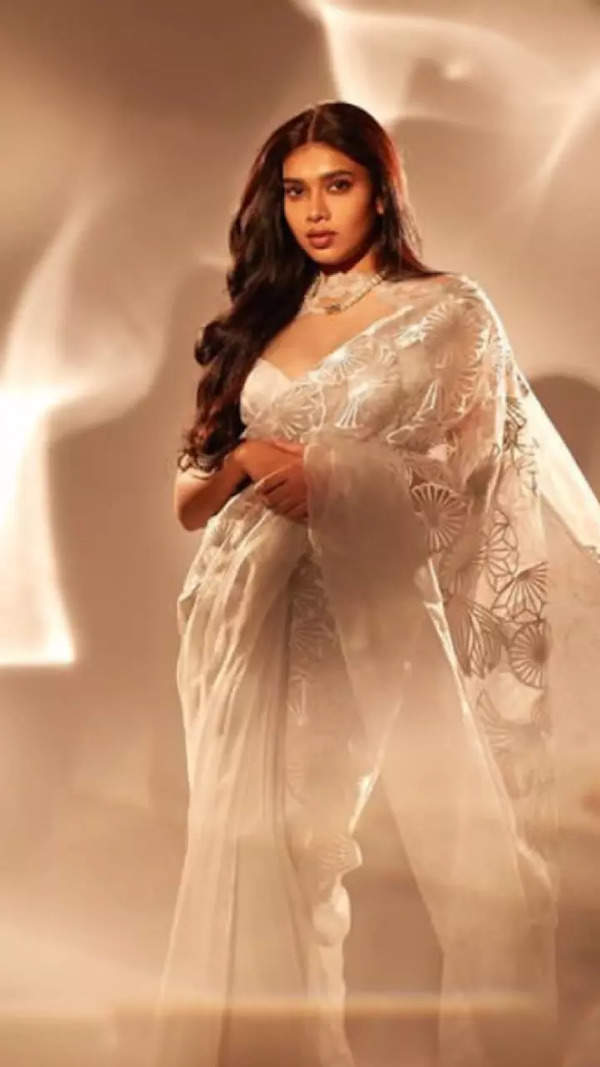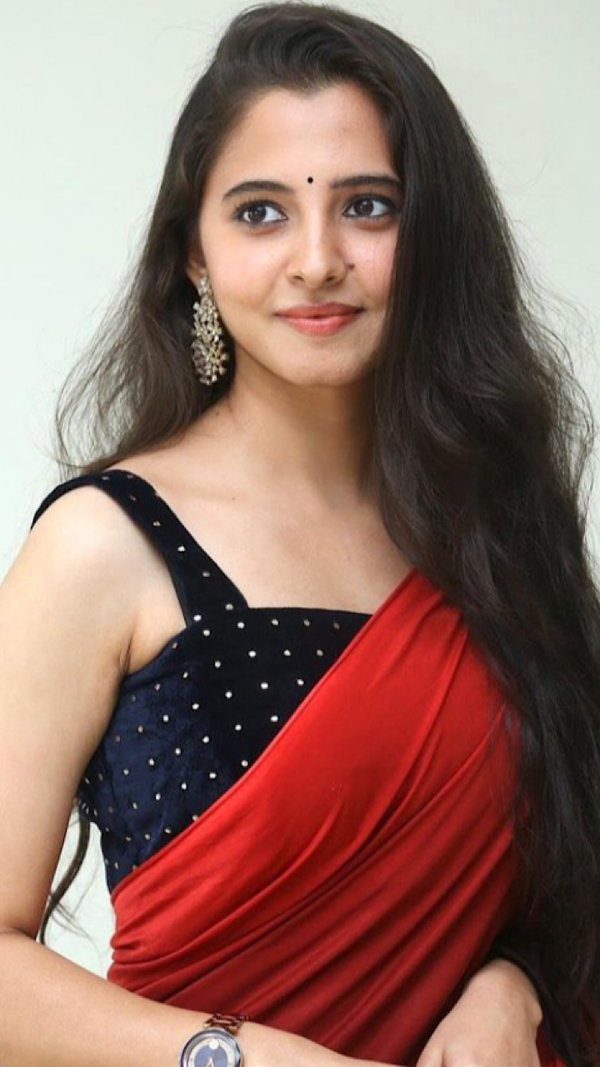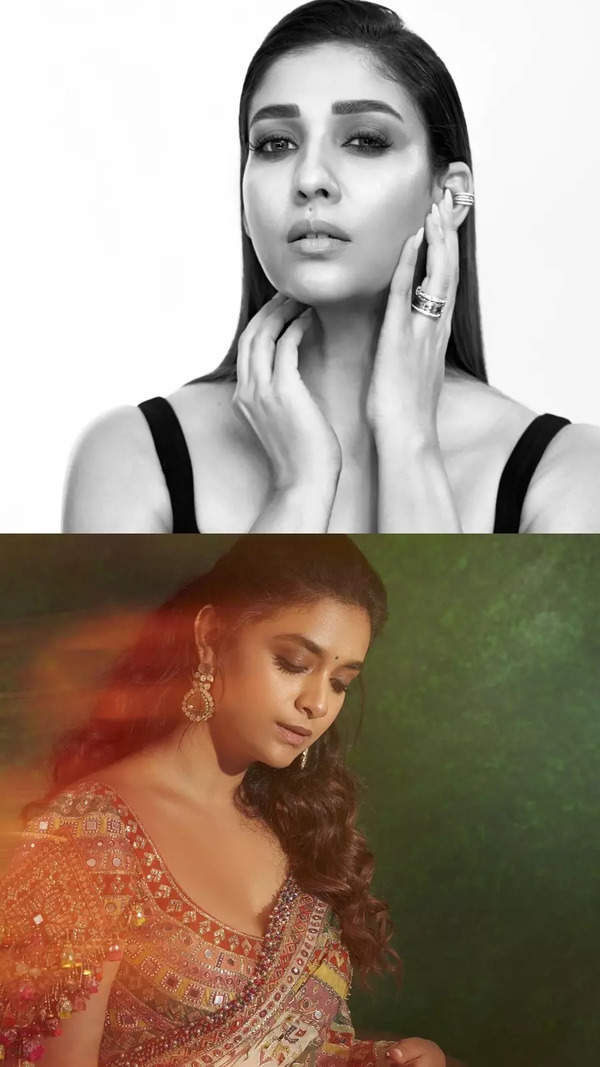- News
- entertainment
- bengali
- movies
- Draupadi is bar dancer, dice game is cricket betting in Mahabharata adaptation
Trending
This story is from November 10, 2014
Draupadi is bar dancer, dice game is cricket betting in Mahabharata adaptation
A screen drama can't possibly get bigger, grander or more exciting than this. It's an epic, no less, transplanted in postIndependence Bengal, and spans more than half a century. This is the Mahabharata in a modern avatar, with the state's changing crime fabric providing the backdrop for a colossal account of deceit, love, conspiracy, crime, revenge and destruction.
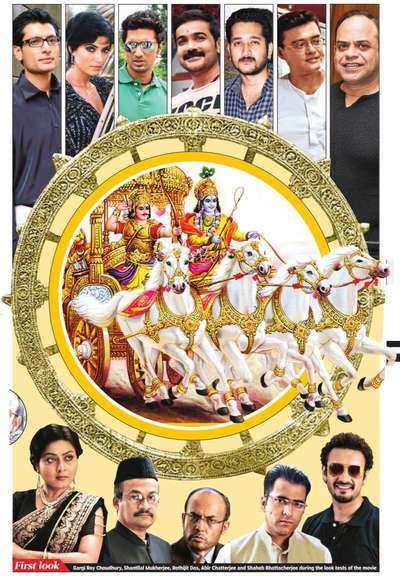
A screen drama can't possibly get bigger, grander or more exciting than this. It's an epic, no less, transplanted in postIndependence Bengal, and spans more than half a century. This is the Mahabharata in a modern avatar, with the state's changing crime fabric providing the backdrop for a colossal account of deceit, love, conspiracy, crime, revenge and destruction.
Conceived and to be directed by Kamaleswar Mukherjee, the film will be shot for five months beginning December.
What inspired you to make a modern version of Mahabharata?
Kamaleswar Mukherjee: This epic is truly the mother of all stories and there can be nothing bigger than the Mahabharata. It has got fantastic cinematic elements as well, apart from some fascinating sub-stories. But I see it essentially as an Aryan versus non-Aryan conflict. So, if I have to make a mythological version, I need actors who will look Aryan. Unfortunately, in Bengal, it is difficult to find actors who will look the parts, for the Aryan blood is not prevalent in our state. The modern take is pertinent to Bengal since it tells the story of the people who were left outside the fold of the Bengal Renaissance. In fact, the renaissance touched the lives of only the urban Bengali intellectuals. There was a vast section of people outside the fold who were far removed from the intellectual advancement of urban Kolkata and closer to the crime world, whose fabric has been changing over the years. My goal was to explore that world and those people. Mahabharata can be viewed variously ��� as a power play, a political commentary or a religious text. Our story unfolds in a gangland and has two warring families as the protagonists.
Why do you call it an Aryan versus non-Aryan conflict?
KM: It was not just a fight between the Kauravas on one hand and the Pandavas on the other. It was the Yadavs, led by Krishna, who turned out to be a decisive factor. They represented the non-Aryan have-nots and significantly tilted the scales in favour of the Pandavas. It is here that the Machiavellian elements come into play. This was a power struggle between the Aryans and nonAryans. The latter influenced the outcome of the battle and asserted themselves.
Could you please elaborate on the storyline?
KM: This is the story of two families who make their wealth from land deals, tea gardens and coal mines. They gradually shift to smuggling, real estate, Ponzi schemes and cricket betting. Our story begins in 1950 and spans the next 64 years till 2014. In the first phase, the families pursue coal, timber and tea businesses. From the 70s onwards, they shift to Kolkata and smuggling becomes their core activity. The 90s bring along the open market era, during which they move to real estate, chit funds and cricket betting. The nature of their businesses change and they do whatever suits them best and earns them money.
Check out the cast deatil of Mahabharata adaptation
Will your film raise contemporary issues?
KM: With the epic as the backdrop, the film will raise certain socio-political questions. For instance, coal theft forms the basis of a huge illicit trade on the Bengal-Bihar border. But are coal thieves really thieves? If this theft stops, at least 20 villages in the coal belt would be wiped out, for it is their only livelihood. Our civil codes don't consider everyone. Mining has turned the Chhotanagpur plateau into a wasteland, rendering it unfit for agriculture. Coal theft is the only option left to these people. I travelled extensively through the coal belt, doing my research for the film and scouting locations. And I was surprised by the amount of risk people take to dig coal. They go deep into the opencast mines. Often, they climb down for 10km, reach the mine, dig coal and climb up at the end of the day. If there is a mine collapse, they get trapped for days without food or water. It's a mammoth tale with numerous characters and episodes that are difficult to compress into a film.
How have you planned the narrative?
KM: It took me a year to script the film and it was indeed a challenge to fit it into three hours. Our script runs for six hours, which is why the film is being made in two parts. We will need 110 days of shoot and we plan to release both within eight weeks of each other. The first part ends with the creation of Indraprastha, in this case a huge real estate project for which a slum is burnt down. We begin the second part with the cricket betting episode, which is the dice game sequence. The final wager in the betting face-off is placed on a bar dancer (Draupadi) at a nightclub. While it creates the final rift between the clans and sets up a gang war, the other dramatic high points of the epic have been included as well. Notable among them is the 'Geeta' sequence that has Dev and Parambrata meeting at a bar over drinks, with the gang war looming large. While the former wants to end the battle and sees no point in killing people, the latter convinces him that he should fight rather than give up, for nothing is in his control. We plan to start shooting later this month.
You must have done extensive research for the film. How did you source material?
KM: I had to study the epic extensively, consulting multiple versions from Haridas Siddhanta's verses, Rajsekhar Basu's Mahabharata and those by Kaliprasanna Singha, Buddhadeb Bose and Nrisingha Prasad Bhaduri to Devdoot Patnaik's and Irawati Karve's books. It has been an arduous task, but has helped interpret the epic and transport it to a modern setting. I also borrowed heavily from Machiavelli and (Michel) Foucault. The Mahabharata is all about intrigue, treason, politics and power play. It is also about philosophy. Each of the books I consulted has helped refine and embellish the script.
What was the most difficult part of writing the script?
KM: Getting the right dialogues for the characters. They had to be concise, yet convey the message. You couldn't stray from the spirit of the original dialogues either. So, it was a tightrope walk.
It is a big film being made on a huge budget. Don't you think it's a gamble, considering that Bengali films haven't been doing well for the past one year?
KM: I consider myself lucky to have been allowed to make the film. Any producer would have refused such a project, for it is time-consuming, expensive and risky. So, I am grateful to Shree Venkatesh Films. But then, we had to go for something really big after Chander Pahar, which was a successful experiment. We took a risk with Chander Pahar as well, and it proved worthwhile. The next project had to be something novel and exciting... a story that would be talked about, a film that will not only be noticed, but evoke curiosity and expectation.
What will the film look like?
KM: I have had a long discussion with Soumik Halder, our director of photography. It will be a high contrast film, gritty and stylized. Lighting will play an important role.
Conceived and to be directed by Kamaleswar Mukherjee, the film will be shot for five months beginning December.
What inspired you to make a modern version of Mahabharata?
Kamaleswar Mukherjee: This epic is truly the mother of all stories and there can be nothing bigger than the Mahabharata. It has got fantastic cinematic elements as well, apart from some fascinating sub-stories. But I see it essentially as an Aryan versus non-Aryan conflict. So, if I have to make a mythological version, I need actors who will look Aryan. Unfortunately, in Bengal, it is difficult to find actors who will look the parts, for the Aryan blood is not prevalent in our state. The modern take is pertinent to Bengal since it tells the story of the people who were left outside the fold of the Bengal Renaissance. In fact, the renaissance touched the lives of only the urban Bengali intellectuals. There was a vast section of people outside the fold who were far removed from the intellectual advancement of urban Kolkata and closer to the crime world, whose fabric has been changing over the years. My goal was to explore that world and those people. Mahabharata can be viewed variously ��� as a power play, a political commentary or a religious text. Our story unfolds in a gangland and has two warring families as the protagonists.
ALSO READ: ���Screen version of Mahabharata
Why do you call it an Aryan versus non-Aryan conflict?
KM: It was not just a fight between the Kauravas on one hand and the Pandavas on the other. It was the Yadavs, led by Krishna, who turned out to be a decisive factor. They represented the non-Aryan have-nots and significantly tilted the scales in favour of the Pandavas. It is here that the Machiavellian elements come into play. This was a power struggle between the Aryans and nonAryans. The latter influenced the outcome of the battle and asserted themselves.
Could you please elaborate on the storyline?
KM: This is the story of two families who make their wealth from land deals, tea gardens and coal mines. They gradually shift to smuggling, real estate, Ponzi schemes and cricket betting. Our story begins in 1950 and spans the next 64 years till 2014. In the first phase, the families pursue coal, timber and tea businesses. From the 70s onwards, they shift to Kolkata and smuggling becomes their core activity. The 90s bring along the open market era, during which they move to real estate, chit funds and cricket betting. The nature of their businesses change and they do whatever suits them best and earns them money.
Check out the cast deatil of Mahabharata adaptation
Will your film raise contemporary issues?
KM: With the epic as the backdrop, the film will raise certain socio-political questions. For instance, coal theft forms the basis of a huge illicit trade on the Bengal-Bihar border. But are coal thieves really thieves? If this theft stops, at least 20 villages in the coal belt would be wiped out, for it is their only livelihood. Our civil codes don't consider everyone. Mining has turned the Chhotanagpur plateau into a wasteland, rendering it unfit for agriculture. Coal theft is the only option left to these people. I travelled extensively through the coal belt, doing my research for the film and scouting locations. And I was surprised by the amount of risk people take to dig coal. They go deep into the opencast mines. Often, they climb down for 10km, reach the mine, dig coal and climb up at the end of the day. If there is a mine collapse, they get trapped for days without food or water. It's a mammoth tale with numerous characters and episodes that are difficult to compress into a film.
How have you planned the narrative?
KM: It took me a year to script the film and it was indeed a challenge to fit it into three hours. Our script runs for six hours, which is why the film is being made in two parts. We will need 110 days of shoot and we plan to release both within eight weeks of each other. The first part ends with the creation of Indraprastha, in this case a huge real estate project for which a slum is burnt down. We begin the second part with the cricket betting episode, which is the dice game sequence. The final wager in the betting face-off is placed on a bar dancer (Draupadi) at a nightclub. While it creates the final rift between the clans and sets up a gang war, the other dramatic high points of the epic have been included as well. Notable among them is the 'Geeta' sequence that has Dev and Parambrata meeting at a bar over drinks, with the gang war looming large. While the former wants to end the battle and sees no point in killing people, the latter convinces him that he should fight rather than give up, for nothing is in his control. We plan to start shooting later this month.
You must have done extensive research for the film. How did you source material?
KM: I had to study the epic extensively, consulting multiple versions from Haridas Siddhanta's verses, Rajsekhar Basu's Mahabharata and those by Kaliprasanna Singha, Buddhadeb Bose and Nrisingha Prasad Bhaduri to Devdoot Patnaik's and Irawati Karve's books. It has been an arduous task, but has helped interpret the epic and transport it to a modern setting. I also borrowed heavily from Machiavelli and (Michel) Foucault. The Mahabharata is all about intrigue, treason, politics and power play. It is also about philosophy. Each of the books I consulted has helped refine and embellish the script.
What was the most difficult part of writing the script?
KM: Getting the right dialogues for the characters. They had to be concise, yet convey the message. You couldn't stray from the spirit of the original dialogues either. So, it was a tightrope walk.
It is a big film being made on a huge budget. Don't you think it's a gamble, considering that Bengali films haven't been doing well for the past one year?
KM: I consider myself lucky to have been allowed to make the film. Any producer would have refused such a project, for it is time-consuming, expensive and risky. So, I am grateful to Shree Venkatesh Films. But then, we had to go for something really big after Chander Pahar, which was a successful experiment. We took a risk with Chander Pahar as well, and it proved worthwhile. The next project had to be something novel and exciting... a story that would be talked about, a film that will not only be noticed, but evoke curiosity and expectation.
What will the film look like?
KM: I have had a long discussion with Soumik Halder, our director of photography. It will be a high contrast film, gritty and stylized. Lighting will play an important role.
End of Article
FOLLOW US ON SOCIAL MEDIA



